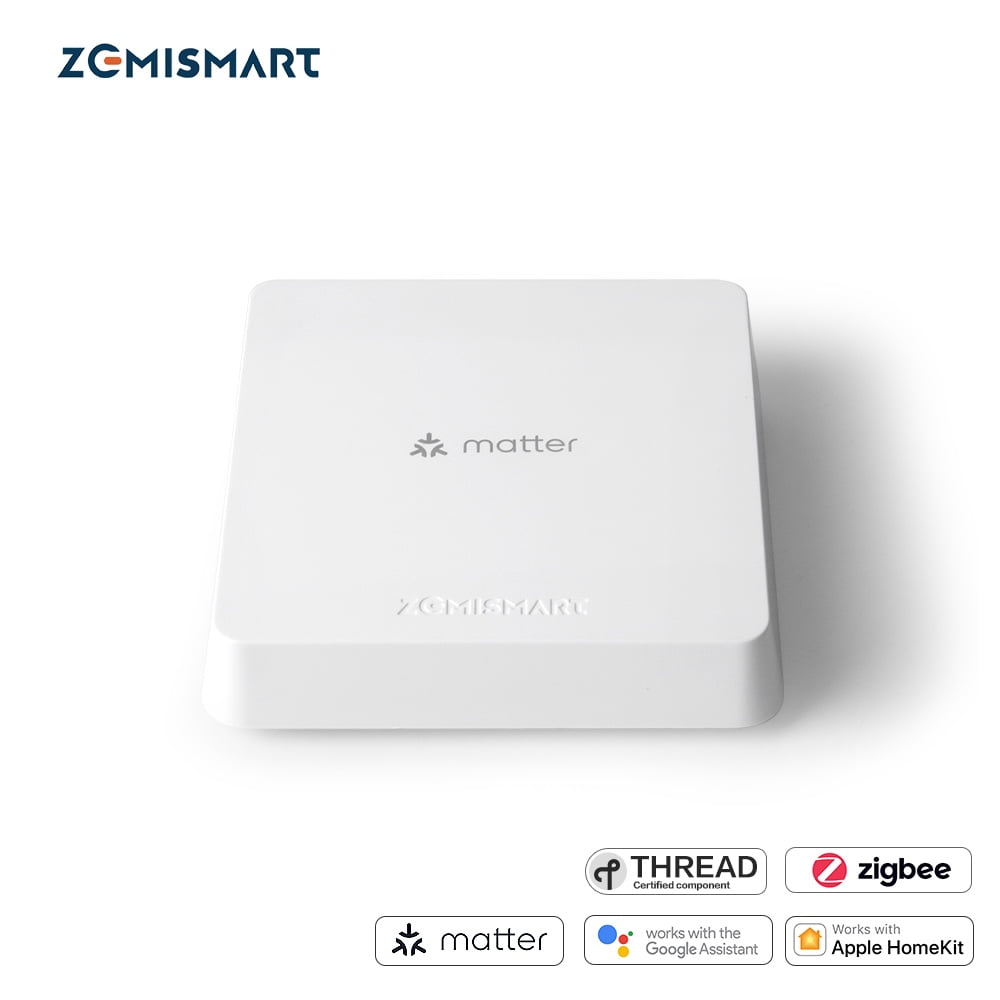What is Zigbee System? 1 some advantages of Zigbee in smart home system
What is Zigbee? Zigbee is a wireless standard protocol designed to connect smart devices, sensors, and other mobile devices in a local network known as a Wireless Personal Area Network (WPAN). This protocol operates in the unlicensed frequency band of 2.4 GHz (and 900 MHz in some regions) and has become one of the popular…
What is Zigbee?
Zigbee is a wireless standard protocol designed to connect smart devices, sensors, and other mobile devices in a local network known as a Wireless Personal Area Network (WPAN). This protocol operates in the unlicensed frequency band of 2.4 GHz (and 900 MHz in some regions) and has become one of the popular protocols used in home automation systems and Internet of Things (IoT) applications.
Zigbee was developed by the Zigbee Alliance, a non-profit organization that brings together manufacturers, service providers, and researchers to promote the development and deployment of Zigbee products. The main goals of the Zigbee protocol are to optimize energy consumption, reduce costs, and enhance the stability of wireless network systems.
Additionally, Zigbee offers high-security features, allowing devices to exchange information securely. It also supports various applications, including temperature measurement, humidity measurement, lighting control, and energy management.

Zigbee has various applications, including:
1. Smart Homes: Zigbee is used to connect devices such as smart bulbs, sockets, motion sensors, remote controls, and security systems in smart homes.
2. Industrial Monitoring and Control: Zigbee is applied in monitoring and controlling industrial processes, optimizing production processes, and saving energy.
3. Healthcare: Zigbee can be used to monitor and collect healthcare data from smart medical devices and transmit this information to healthcare facilities.
4. Smart Energy: Zigbee supports energy management and monitoring in environments such as buildings, factories, and energy distribution systems.
With its flexible design, energy efficiency, and easy scalability, Zigbee has become one of the popular protocols used in IoT applications and modern wireless network systems.
Advantages of zigbee network in smart home system
Indeed, Zigbee-based smart home systems offer numerous advantages and benefits for users. Here are some key advantages of using Zigbee in smart home network systems:
1. Energy Efficiency: Zigbee protocol is designed to consume minimal energy, helping to prolong the battery life of devices within the smart home system. This aids in reducing energy usage costs and makes the Zigbee-powered smart home system sustainable and energy-efficient.
2. Flexible Mesh Network: Zigbee utilizes a flexible mesh network architecture, allowing devices to connect with each other within the local network without the need for a single centralized controller. Each device can act as a network node and transmit data to other devices, enhancing flexibility and facilitating easy system expansion.
3. Easy Scalability: With the flexible mesh network architecture, users can easily expand their Zigbee-based smart home system by adding new devices to the network. There’s no need to reconfigure the entire system, making the expansion quick and convenient.
4. Reliable and Stable: Zigbee protocol employs a self-healing mesh network model, meaning it can self-adjust and recover when errors occur in the network. This enhances system stability and reliability for the smart home setup.
5. High Security: Zigbee provides robust security features, including data encryption and authentication mechanisms, to safeguard devices and data within the smart home system from unauthorized access and attacks.
6. Device Compatibility: Zigbee is a widely adopted industry standard, which means many different device manufacturers support this protocol. This allows users to choose from various types of devices and different manufacturers while ensuring smooth integration with their Zigbee-based smart home system.
In summary, Zigbee-based smart homes can bring energy savings, high flexibility, easy scalability, reliability, strong security, and compatibility with a wide range of devices, making it a popular choice in the field of smart homes and IoT.
Difference between Zigbee and Bluetooth Mesh

Zigbee and Bluetooth Mesh are two popular wireless protocols used in smart home systems and the Internet of Things (IoT). Below are some key differences between Zigbee and Bluetooth Mesh:
1. Standards and Alliances:
– Zigbee: Zigbee protocol is developed by the Zigbee Alliance, a non-profit organization that brings together manufacturers, service providers, and researchers. The alliance oversees and supports the development and deployment of Zigbee products.
– Bluetooth Mesh: Bluetooth Mesh is developed by the Bluetooth Special Interest Group (Bluetooth SIG), an industry alliance responsible for managing and developing the Bluetooth protocol. Bluetooth SIG is a professional organization sponsored by over 35,000 companies worldwide.
2. Network Architecture:
– Zigbee: The Zigbee system uses a self-healing mesh network model, where devices connect with each other and form a wireless network. Each Zigbee device can act as a network node, enabling data transmission and creating an automatic root network.
– Bluetooth Mesh: Bluetooth Mesh uses a full-mesh model, where each device is directly connected to neighboring devices within range. Bluetooth Mesh devices do not function as network nodes and cannot transmit data to other devices in the network.
3. Energy Consumption:
– Zigbee: Zigbee is designed for energy efficiency, helping to prolong the battery life of devices in the smart home system.
– Bluetooth Mesh: Bluetooth Mesh is not as energy-efficient as Zigbee and often requires higher energy consumption, which may affect the battery life of devices.
4. Operating Range:
– Zigbee: Zigbee operates at an unlicensed frequency in the range of 2.4 GHz (or 900 MHz in some regions) and generally has a longer operating range compared to Bluetooth Mesh.
– Bluetooth Mesh: Bluetooth Mesh operates at 2.4 GHz frequency and typically has a more limited operating range than Zigbee.
CONCLUSION
Zigbee and Bluetooth Mesh are both powerful wireless protocols in the field of smart homes and IoT, but they have different characteristics regarding network architecture, standards, energy consumption, and operating range. Users should choose the protocol that suits the specific needs and requirements of their system they wish to deploy.



































